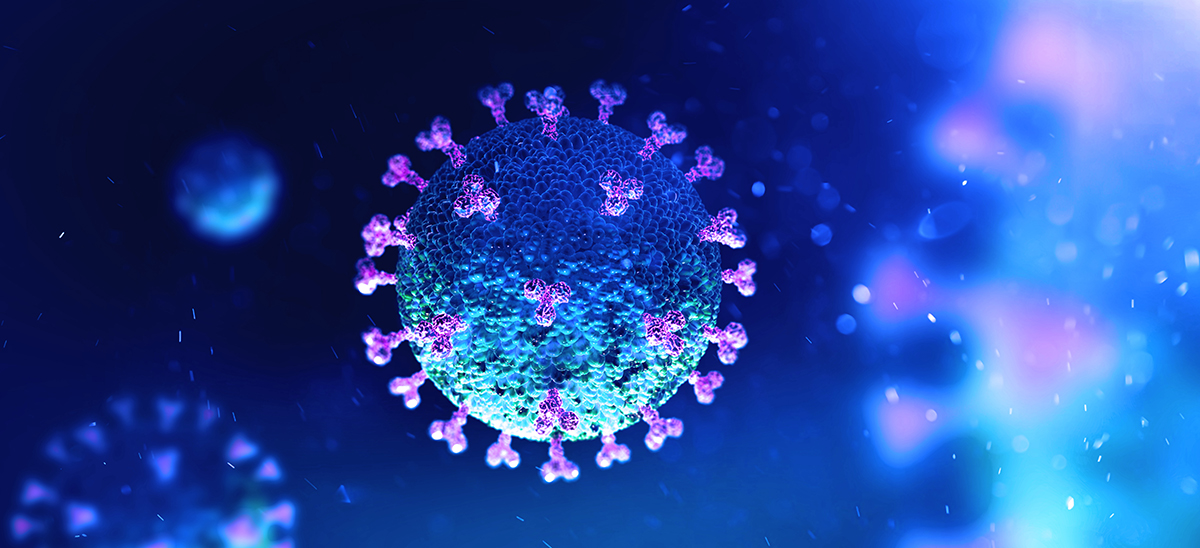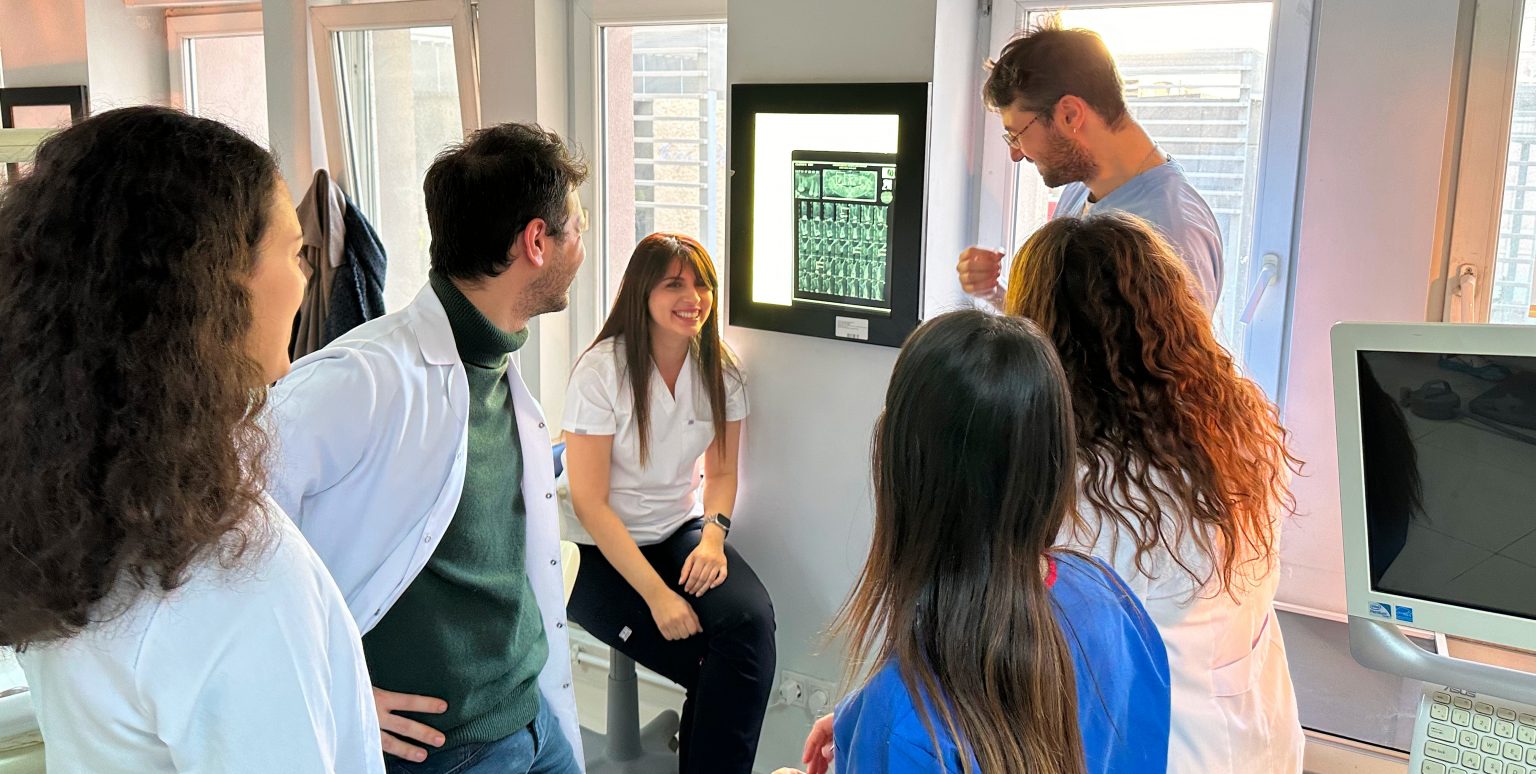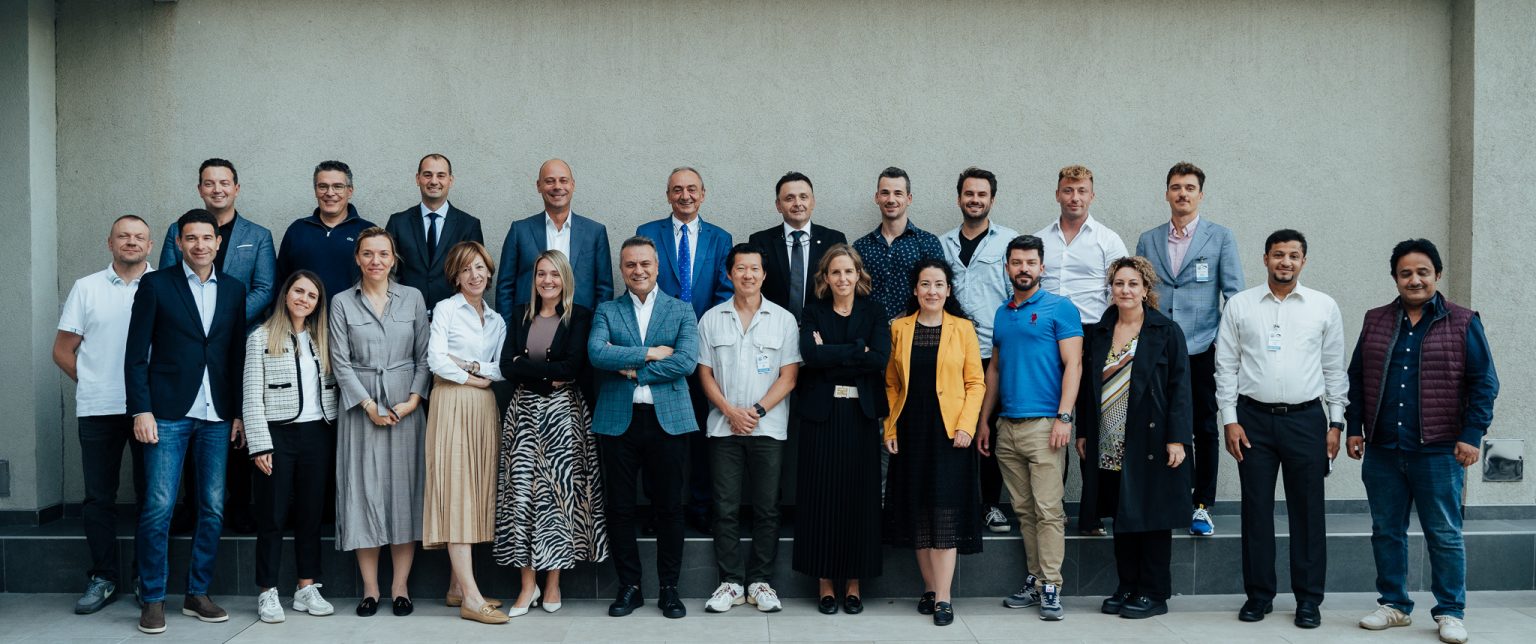Since the end of April, the ITI has been regularly posting a curated selection of links to scientific articles, recommendations, national guidelines and webinars relating to COVID-19 on a dedicated web page. ITI President-elect Charlotte Stilwell, who leads the editorial task force for the page, explains the thinking behind this free offering.
Why does the dental community need a dedicated COVID-19 page?
We are facing a new and specific risk of airborne transmission and a fast-paced, constantly evolving situation with very minimal robust evidence to inform best practice response. Dentistry already operates with some of the most stringent cross-infection control measures in healthcare, but they are primarily aimed at mitigating risk from blood borne pathogens. It has become clear that these measures now need to be augmented by precautions aimed at reducing risk of respiratory transmission. It is the aerosol-generated exposures in the dental setting that are a particular cause of concern.
What makes the ITI COVID-19 page the information source of choice for dentists all over the world?
The dental profession is faced with a continuous tsunami of COVID-19 related information, so I think the simple answer is that the ITI is undertaking the search, evaluation and selection of relevant information and organizing it clearly into five logical categories. The ITI offers a powerful combination of a global network and a strong, longstanding track record in research and evaluation of the current best available evidence. These strengths are represented within the editorial team by Prof Daniel Wismeijer, Prof Bilal Al-Nawas and Dr Steven Present. To complete the resource, the continuously updated COVID-19 page is complemented by an ongoing COVID-19 exchange of dental information and experience in the ITI Members Discussion forum moderated by ITI Section Communication Officers.
How is the information gathered and processed? Are there any particular criteria for inclusion of information
The search for information is guided by each of the above defined five categories. The editorial team evaluates the relevance and scientific value of proposed content. The nature of selected content is stated in the introductory paragraph that accompanies each posted content item. This can range from a ‘letter to a journal editor’ or ‘perspective’ to systematic reviews with metanalyses. Content also come in the form of recommendations and guidance by national authorities and international bodies such as the Centre for Disease Control (CDC), World Health Organization (WHO) and Cochrane Oral Health.
If you want the latest available information on how to practice dentistry as safely as possible, make sure to bookmark and regularly visit the ITI COVID-19 page.






